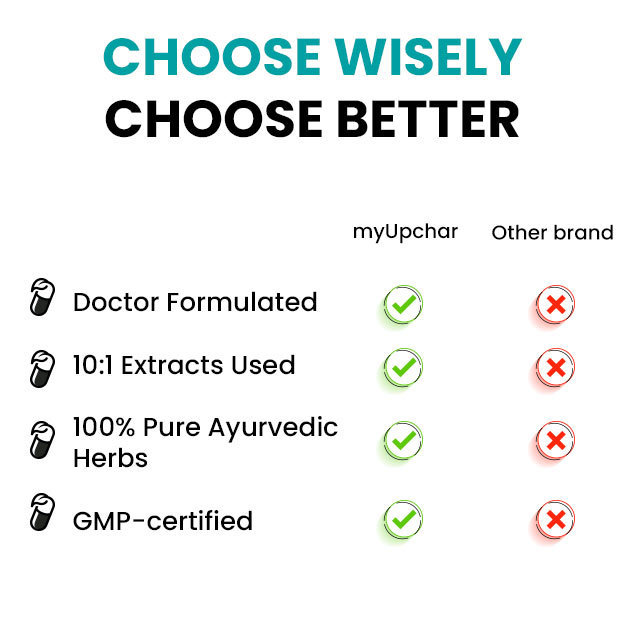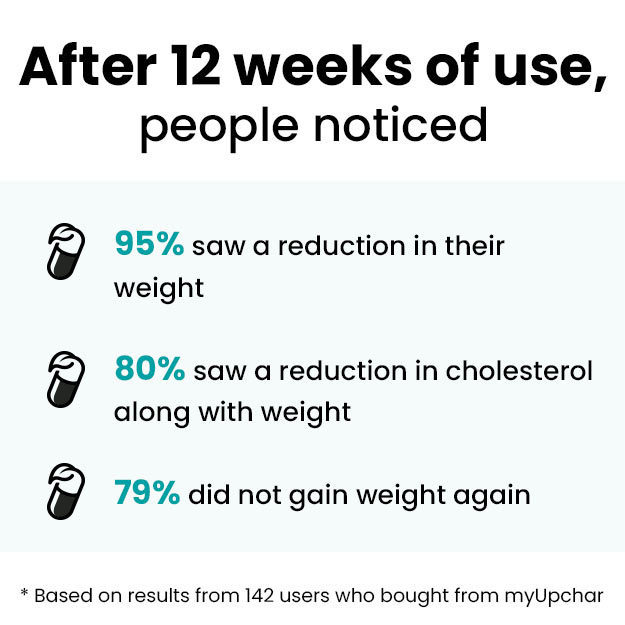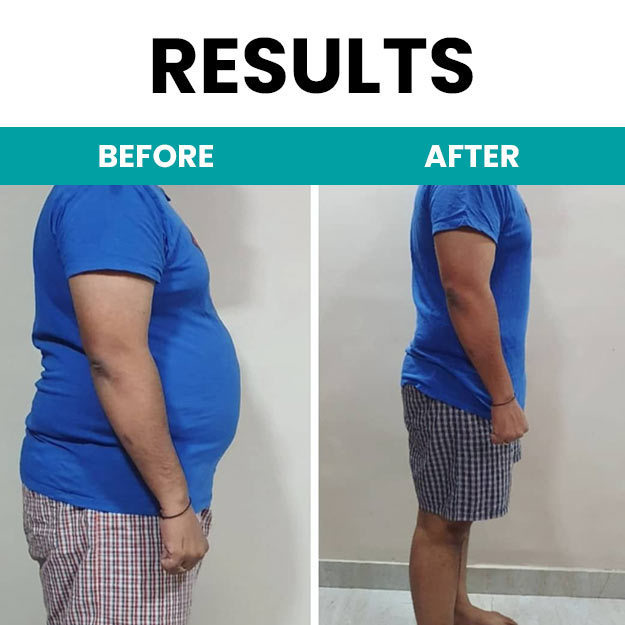After receiving a handful of professional advice, you can make your mind to go for this procedure i.e. angioplasty. This procedure is done by a cardiologist (a doctor who specialises in the treatment of heart-related diseases) in the hospital’s cardiac catheterisation laboratory (also known as a hospital cath lab). The team of a cath lab includes a cardiologist, general physician, cath lab nurses, technicians, radiographers, ward nurses and junior resident doctor. Following are the steps of the procedure:
- Before the procedure, your doctor will take the consent form signed by you. You will receive some pain-numbing medication through intravenous (IV) line in your arm, medicines to relax your body and blood-thinning medicines to prevent blood clotting during the procedure.
- You will stay awake during the whole procedure. Your doctor will give you local anaesthesia (an agent to numb the surgical area of the body) from where the catheter is inserted inside the coronary artery.
- The thigh area or wrist area is shaved (wherever required) and cleaned. A cut is made and the artery is punctured to obtain access to it with the help of a technique known as the Seldinger technique. In this technique, a sharp hollow needle is used to puncture the blood vessel and a blunt, round-tipped wire is inserted through the needle into the blood vessel. After that, the needle is taken out and a sheath or blunt cannula (plastic tube) is inserted such that it covers the guidewire. Once the sheath is in place, the guidewire is withdrawn.
- The sheath is left behind in the blood vessel to hold the opening of the artery and to avoid any injury. A dye is also used to visualise the site of obstruction. Your doctor may also use X-rays to carefully check the position of the catheter or guidewire.
There are two main approaches to catheterisation, which is a procedure to examine the structure and function of the heart. A catheter or hollow plastic tube is inserted into a large blood vessel leading to the heart.
- Transfemoral or classical approach
- Transradial approach
- Transbrachial approach (not routinely done)
Transfemoral approach
This procedure is more classical than the others and permits easy access to the heart in which the catheter will be inserted in the femoral artery (an artery in your groin area which is the main branch that supplies blood to the leg).
(Read More - Pacemaker Surgery)
Transradial approach
In this approach, the radial artery (artery of the forearm which is close to the surface and supplies the hand and arm) is punctured to insert the catheter inside the blood vessel. It is an easily accessible site with a lesser risk of nerve or adjacent tissue damage but takes more time as compared to the transfemoral approach. The transradial approach is relatively inexpensive and you may get discharged early from the hospital.
(Read More - Heart Bypass Surgery)
Balloon Angioplasty
It is used to widen the blocked or obstructed arteries with the help of a balloon catheter. In this procedure, a balloon is attached to the tip of a catheter, which is inserted inside the coronary artery through the entry site from the wrist or groin area. After reaching the artery, the balloon is inflated which will compress the fatty material against the inner wall of the artery and ultimately, will help in restoring the normal blood flow to the heart. After deflating, the balloon will be withdrawn from the artery through the entry site. In this procedure, stents are not used and it is known as angioplasty without stents.
There are some major drawbacks of this procedure, such as:
- Obstruction of the vessel.
- Coronary artery dissection in which tearing occurs in one of the blood vessels of the heart.
- A blood clot is formed inside the blood vessel causing obstruction of the blood flow, which is known as acute arterial thrombosis.
- Narrowing of the blood vessels can occur again due to redeposition of the fatty material. This is known as restenosis, which leads to reduced blood flow in the blood vessel.
To cope with these major drawbacks, coronary stents are introduced in angioplasty procedures, which is known as Angioplasty with stents.
(Read More - Aortic Stenosis treatment)
What is a coronary stent?
When coronary arteries are blocked due to atherosclerosis (blockage of arteries due to fatty material deposition), which leads to reduced blood flow to the brain or other organs, chest pain and muscle weakness. Coronary stents are used to treat atherosclerosis. These stents are small tube-like, expandable devices, which are placed in the arteries to keep them open and maintain the regular blood flow to the heart.
The choice for the stents is also based upon your tolerance to the medicines, which are used to minimise the bleeding.
After the procedure is done, your doctor may remove the catheter and then put a bandage on the entry site. After catheterisation, you may notice some bruises, soreness, bleeding or some discomfort at the site where the catheter was inserted. As it is a short procedure, you will recover in a couple of hours and may be discharged from the hospital on the same day.
(Read More - Homeopathic treatment for heart attack)






































